BEING surrounded by generations of chefs meant that it was always going to be inevitable for Anthony Fernandes to pursue a culinary path.
Shaped by family tradition, an innate curiosity about flavours and a constant desire to create unforgettable food-led experiences, he has become one of India’s leading chefs and fine dining experts. Having worked at the biggest institutions, including internationally, he has created a positive impact with his skills and inspired other chefs.
Eastern Eye decided to get a cooking masterclass with the expert chef with top tips in areas, including presentation, spices, dinner parties, experimentation, mistakes to avoid and the importance of enjoying the process.
How much more have people become connected to cooking since lockdown?
The lockdown significantly deepened people’s connection to cooking. From those who had never handled a knife or sautéed onions, the rise of platforms like YouTube has empowered them to evolve into adept home cooks and rekindled treasured recipes passed down from grandmothers and mothers, resulting in a resurgence of familial culinary traditions.
What top cookery tip would you give beginners?
For beginners, the advice I would offer is to focus on mastering the basics about spices and their own regional cuisine. Also, don’t be afraid to experiment and make mistakes – cooking is a creative journey. Start with simple recipes and gradually build your confidence. Most importantly, have patience and enjoy the process. Cooking is not only the end result, but also about the joy of preparing and sharing a delicious meal.
What advice would you like to give the more advanced cooks?
My advice would be to continue pushing the boundaries of your culinary skills. Embrace new techniques, ingredients, and cuisines to keep your passion alive. Experiment with fusion cooking, combining diverse flavours to create innovative dishes. Additionally, refine your presentation and plating techniques to elevate your creations visually. Remember that even experienced cooks can learn, so stay open to learning and exploring new trends. Your culinary journey is a continuous evolution.
How important is presentation?
Presentation plays a crucial role in the culinary experience, as it engages multiple senses and enhances the overall enjoyment of a dish. A beautifully presented meal stimulates appetite, but also reflects the care and creativity put into its preparation. Presentation can elevate your culinary creations from mere sustenance to a feast for the eyes and the palate.
Can you give a presentation tip?
Embrace the ‘rule of three’ when arranging elements on a plate. This involves grouping food items in threes, to create balance and visual harmony. For example, place the main protein, starch, and vegetable in a triangular formation. This technique adds symmetry and elegance to the plate while ensuring each component gets its moment in the spotlight. Also, vibrant colours, garnishes, edible flowers, and sauces can make a dish visually appealing and add a finishing touch. Don’t overcrowd the plate, allow the elements to shine individually.
What are the common mistakes people make while cooking?
Many cooking mistakes stem from haste and oversight. One significant error is not properly prepping ingredients before starting. This leads to a rushed cooking process and uneven results. Also, not allowing meat to rest after cooking can cause a loss of juiciness and tenderness.
What healthy cooking tips can you give?
Prioritise fresh and whole ingredients. Opt for unprocessed foods like fruits, vegetables, lean proteins, and whole grains. These ingredients are rich in nutrients and minimise the consumption of additives and preservatives. Incorporate a variety of colourful produce to ensure a wide range of vitamins and minerals. Baking, steaming, grilling and sautéing instead of deep frying is recommended.
How important is it to learn about spices?
Spices can transform a simple meal into a complex and delicious experience. Understanding how different spices complement each other and knowing when and how to use them can elevate your cooking to new heights. Spices add depth, aroma, and character to your dishes, allowing you to explore various cuisines and create a diverse range of flavours. Mastering spices enables you to tailor dishes, experiment with new taste profiles, and bring excitement to a kitchen.
What is the secret of preparing a menu for a dinner party?
The key is finding a harmonious balance between diverse flavours, guest preferences, and your own culinary skills. Consider dietary restrictions, offer a mix of appetisers, mains, sides, and desserts, and incorporate fresh, seasonal ingredients. Stick to familiar recipes that you can execute confidently, and if desired, create a cohesive theme. Opt for dishes that can be prepared in advance to ensure a stressfree experience.
Is there a secret ingredient that you love to cook with?
I love to cook with fresh herbs like basil, cilantro, rosemary, and thyme; they bring a burst of vibrant flavours to dishes. They not only enhance taste but also add visual appeal and a delightful aroma. Their versatility allows for creative experimentation in various cuisines. Fresh herbs can elevate simple dishes and provide a finishing touch that takes a recipe from good to exceptional.
What inspires you as a chef?
I find my inspiration from my family’s culinary legacy, my cultural roots, and the diverse experiences I’ve had throughout my career. Traditional recipes and techniques passed down through generations have instilled a deep respect for authentic flavours. Exploring different cuisines during my travels and collaborating with fellow chefs have fuelled my creativity and pushed me to continuously evolve as a culinary artist.
Tell us more about that?
The joy of crafting dishes that delight and surprise diners, coupled with my passion for mentoring and sharing knowledge, drives me to push boundaries and seek inspiration in every ingredient and culinary challenge.
What are your future plans?
I want to leave an indelible mark on the culinary world and gain worldwide recognition for Indian cuisine. By pushing the boundaries of creativity and crafting culinary masterpieces, I aim to inspire fellow chefs and enthusiasts. Through blending authentic flavours with contemporary presentation, I seek to showcase the true potential of Indian cuisine to a global audience.
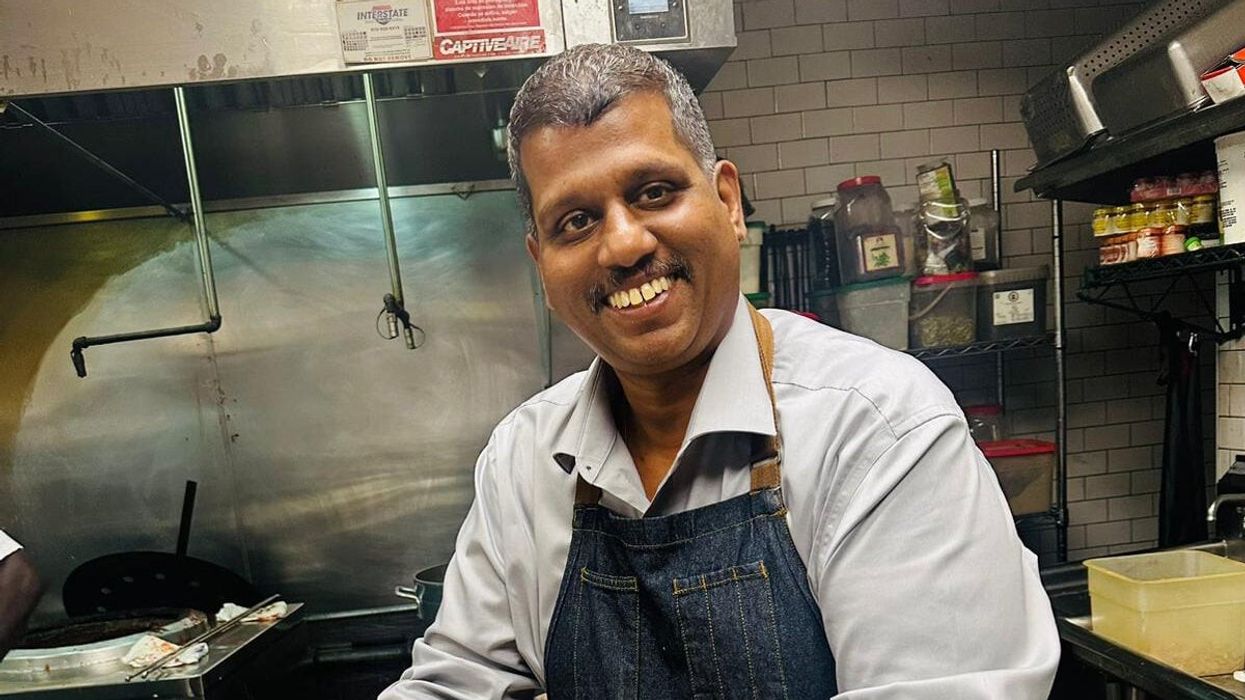




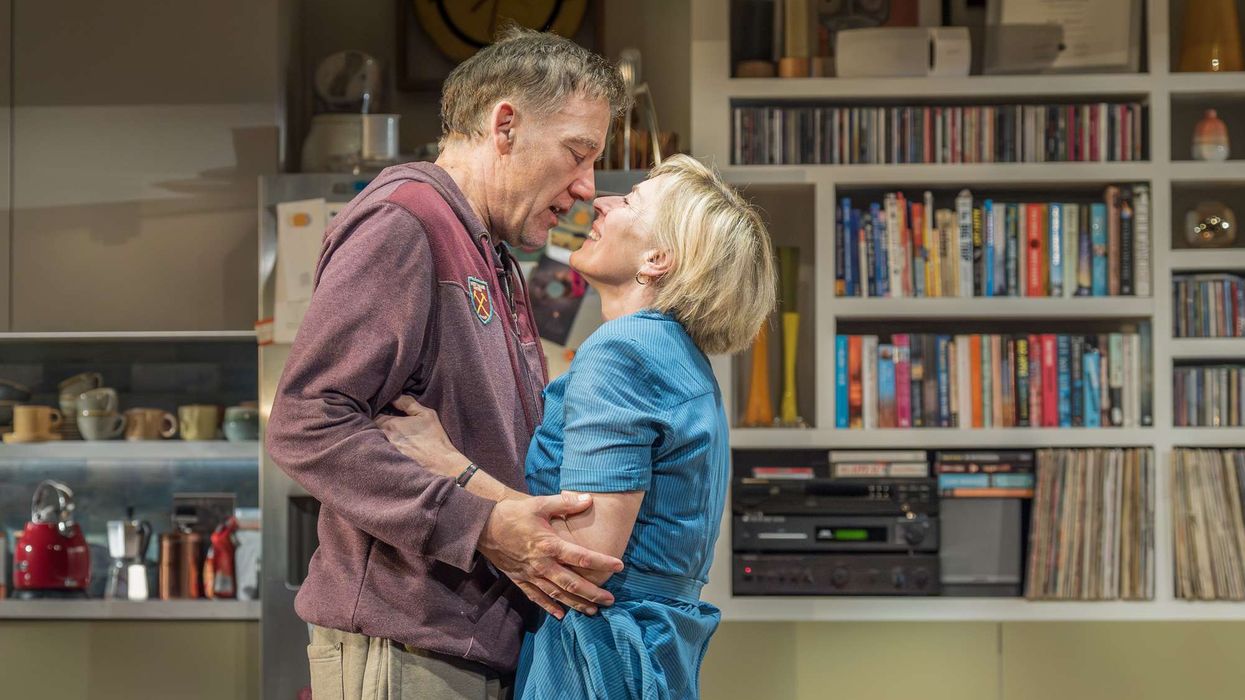
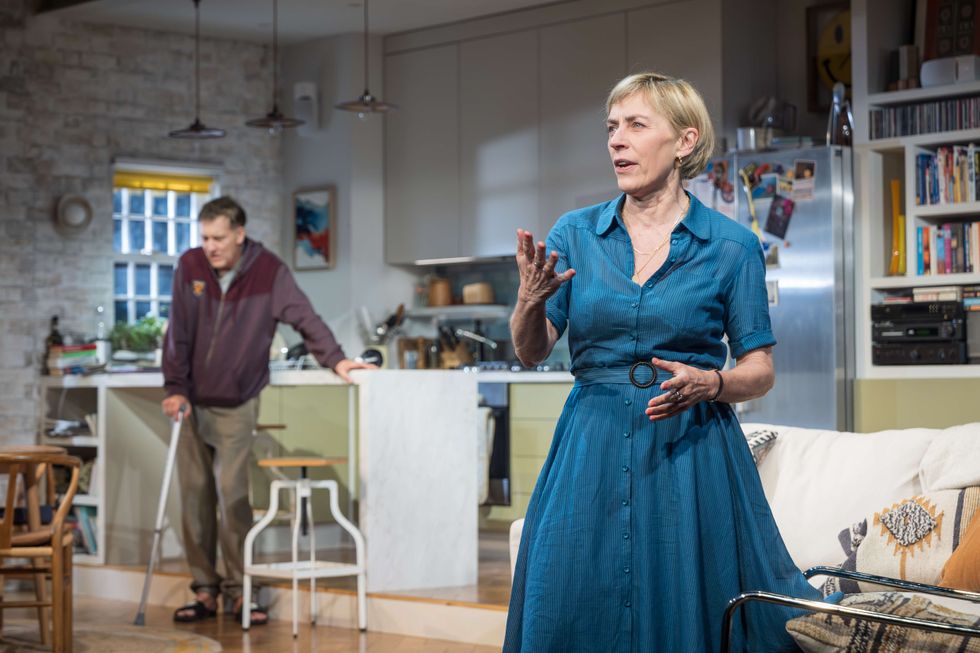 A scene from the playMarc Brenner
A scene from the playMarc Brenner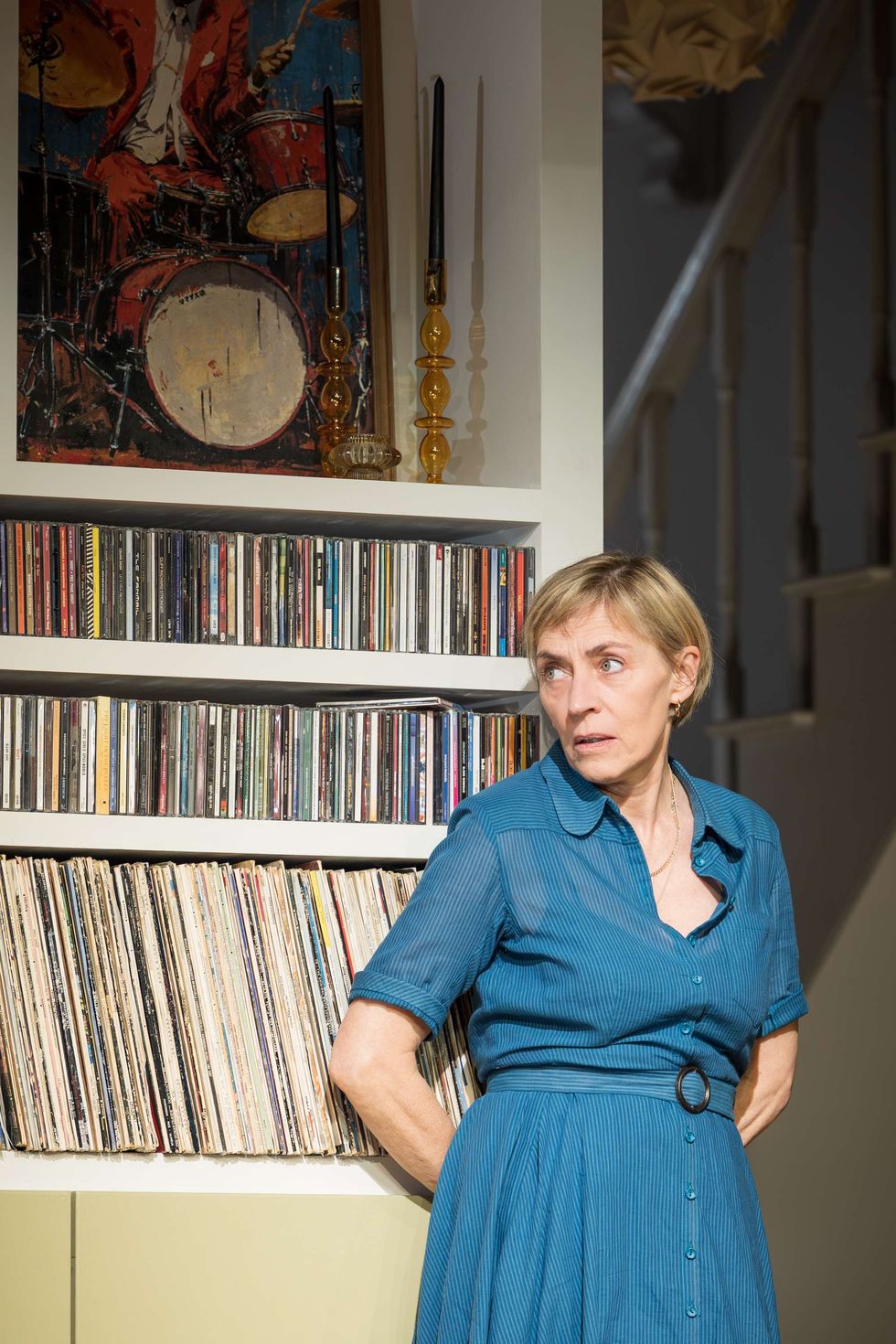 Saskia ReevesMarc Brenner
Saskia ReevesMarc Brenner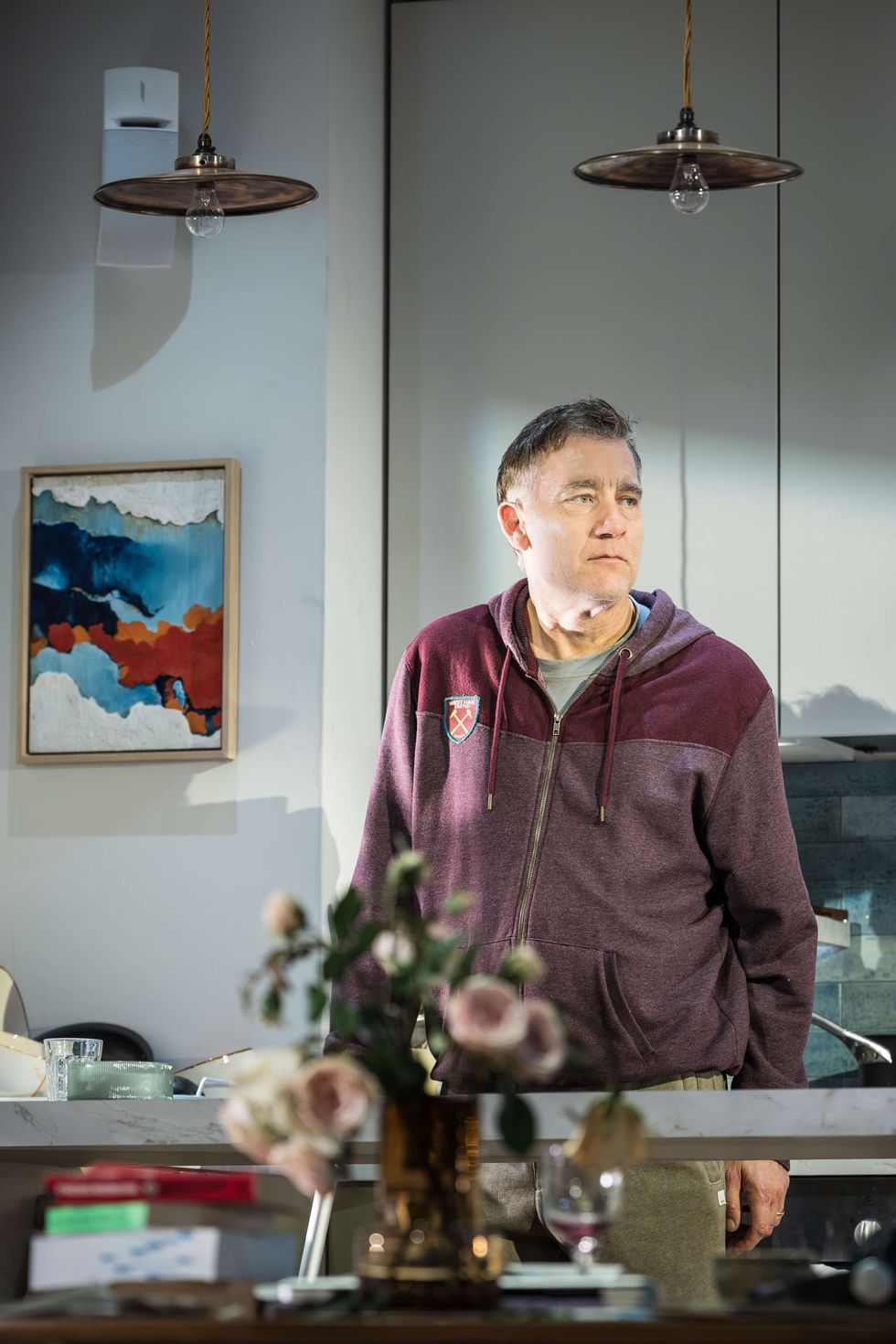 Clive Owen Marc Brenner
Clive Owen Marc Brenner






